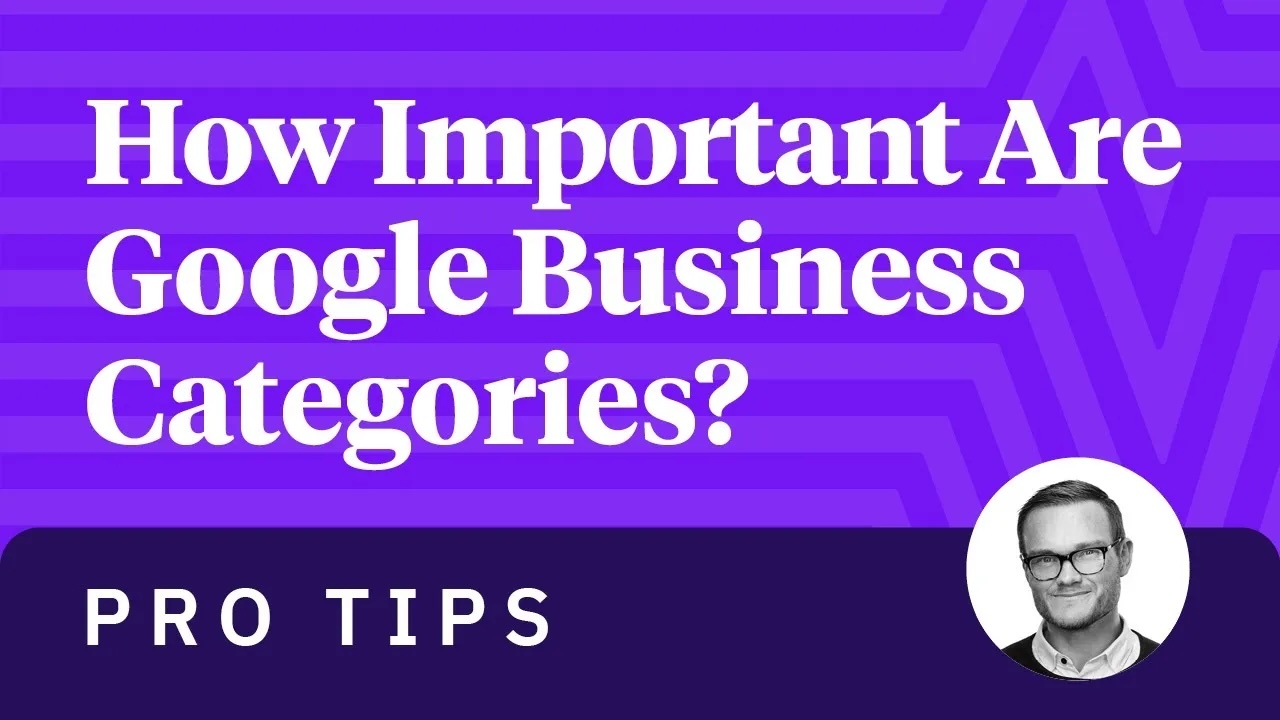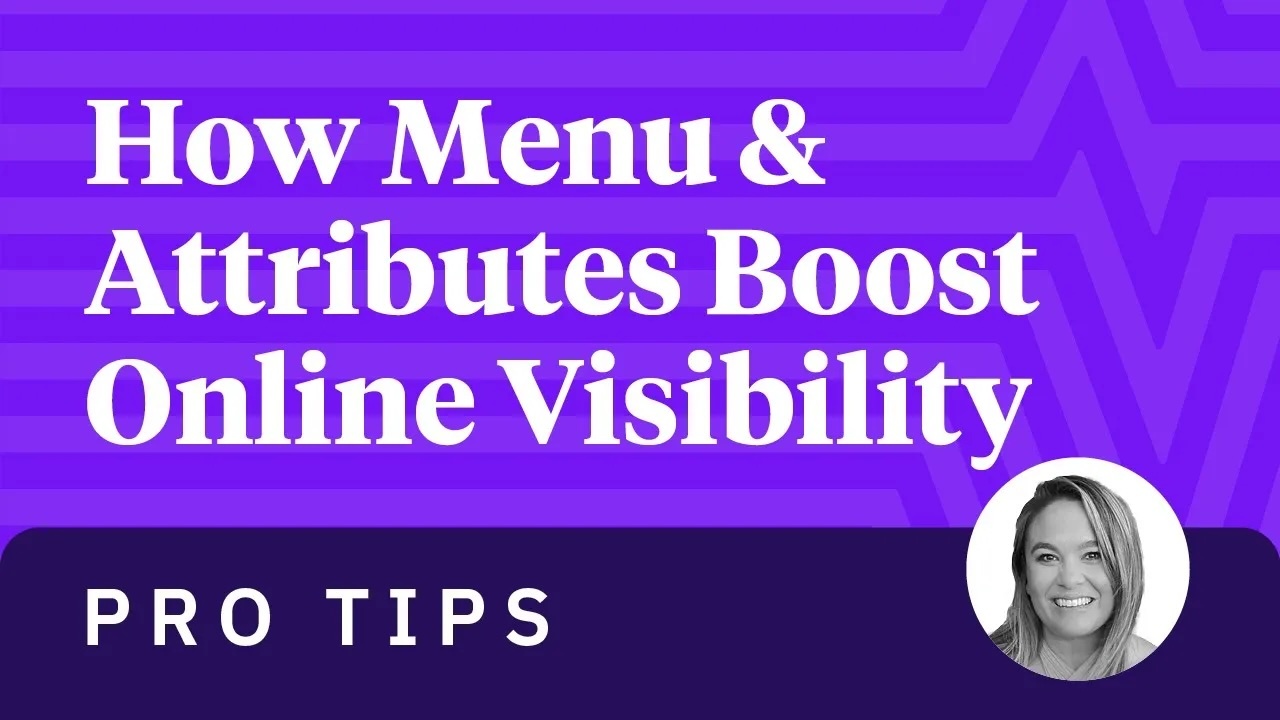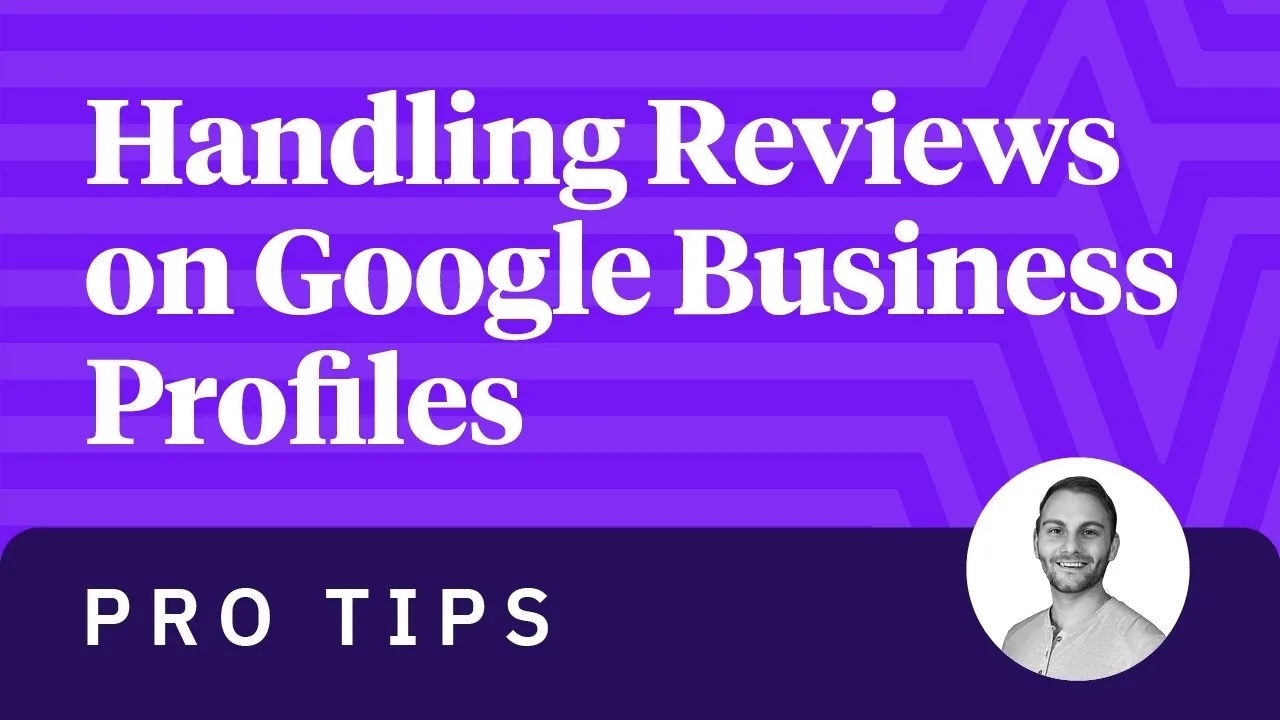Google Business Profile Optimization—Dos and Don’ts
In recent years, the local seo landscape has undergone significant transformations, with algorithms evolving to meet the changing needs and behaviors of consumers. Many local ranking factors have changed their weight over time, but one aspect remains steadfast: the importance of a robust Google Business profile (GBP).
In fact, GBP became stronger than ever, serving as a critical touchpoint for consumers seeking information about local businesses. However, steering a local online presence for 10+ locations can be a daunting task, which is why we delve into the dos and don'ts of managing GBP for multi-location businesses.
10 Local SEO Mistakes And How to Avoid Them |
Understanding the Importance of Google Business Profiles
A GBP serves as a digital storefront for businesses on Google, providing essential information such as address, phone number, hours of operation, and reviews. Why? Because it appears on Google Search and Google Maps, making it one of the primary touchpoints for potential customers.
87% of customers use Google to evaluate local business.
53% of all website trafficcomes from organic searches.
Complete GBPs are 2.7x more likely to be considered reputable by consumers.
Having an optimized GBP not only enhances visibility but also builds trust and credibility with consumers. Research shows that businesses with complete and accurate GBPs are twice as likely to be considered reputable by users. Moreover, GBPs facilitate engagement with customers, allowing businesses to respond to reviews, answer questions, and provide updates in real-time.
Essential Google Business Profile Features
The Google Business profile encompasses several key features that are vital for businesses looking to establish and maintain a strong online presence.
One of the most important features is accurate and up-to-date business information, including name, address and phone number ( = NAP data) as well as website URL and operating hours. This ensures that potential customers can easily find and contact the business, enhancing convenience and accessibility.
Additionally, the GBP allows businesses to showcase photos and videos, providing visual content that can capture the attention of users and showcase the brand's personality and offerings. Another crucial feature is the ability to collect and respond to customer reviews, enabling businesses to engage with their audience, address feedback, and build trust and credibility.
Furthermore, the Google Business profile offers insights and analytics, allowing businesses to track their performance, monitor engagement metrics, and make data-driven decisions to optimize their online presence. Overall, these features combine to create a powerful platform that empowers businesses to connect with customers, enhance their visibility, and drive success in the digital marketplace.
The Dos When Managing a Google Business Profile
Let's explore the key actions that companies should take to maximize the effectiveness of their Google Business Profiles:
#1 Keep Information Accurate and Up-to-Date
Ensure that all information, including address, phone number, website URL, and business hours, is accurate and regularly updated. Inaccurate information can lead to customer frustration and damage the company's reputation.
#2 Add Google Categories
Choose relevant Google categories that accurately describe your business to improve its visibility in search results. Selecting the right categories helps Google understand your business better and ensures that it appears in relevant searches.

#3 Add Google Attributes
Take advantage of Google's attribute feature to provide detailed information about your business, such as amenities, services, and offerings. Choose attributes that accurately represent your business to ensure that potential customers find the information they need.

#4 Utilize High-Quality Visuals
Upload high-resolution images that showcase your business, including the exterior, interior, products, and services; and look at what users are uploading, too. Visual content helps create a positive first impression and gives potential customers a glimpse into what to expect.
#5 Encourage and Respond to Reviews
Actively encourage satisfied customers to leave positive reviews on your GBP. Respond promptly to both positive and negative reviews, demonstrating your commitment to customer satisfaction and addressing any concerns raised.

#6 Optimize for Local Search
Incorporate relevant keywords and phrases in your GBP description and business categories to improve visibility in local search results. This will help attract local customers who are actively searching for products or services like yours.
#7 Share Google Posts
Google Posts are a powerful yet often underutilized tool for businesses looking to bolster their online presence and engage with customers directly. Businesses can share timely updates, promotions, events, and other relevant content directly on their Google Business profile, enhancing visibility and driving conversions.
#8 Take Advantage of Additional Features
Explore and utilize additional features offered by Google Business Profiles, such as FAQs or messaging. These features enhance engagement with customers and provide valuable opportunities to showcase promotions, events, and updates.
The Don’ts When Managing a Google Business Profile
Apart from the dos mentioned above, which you should absolutely not neglect, it's equally important to avoid common pitfalls.
#1 Use Black Hat Tactics
Avoid resorting to black hat tactics such as keyword stuffing, misrepresenting your business offerings or selecting irrelevant categories, which can lead to penalties and damage your business's reputation. Same applies to misleading or inaccurate business categories or attributes that hinder the effectiveness of local search optimization efforts.
Black hat tactics may provide short-term gains but can ultimately harm your online visibility and credibility. Instead, focus on providing accurate and relevant information to ensure a positive user experience and maintain your business's integrity in the long run.
#2 Create multiple profiles for the same location
Businesses may consider creating multiple profiles for the same location to target different customer segments; or because they have multiple sub-businesses or departments operating within that location. However, this practice can ultimately damage your online visibility because it leads to confusion among customers, harming your credibility.
Moreover, duplicate profiles violate Google's terms of service and may result in the suspension or removal of all duplicate profiles. It is, therefore, essential to maintain a single, accurate profile to ensure consistency and reliability at all times.
#3 Solicit fake reviews
Employing tools or software to fabricate feedback rather than collecting genuine reviews from real customers is a deceptive practice that can severely undermine a business's credibility and reputation. These fake reviewsviolate the trust of consumers and breaches the terms of service of review platforms like Google.
Fake reviews, including review brigading and reciprocal review schemes, can be easily detected by review platforms through various means, including patterns in review content, IP addresses, or review frequency. If detected, the business may face penalties such as removal of fake reviews, downgrading of search rankings, or even suspension of their account.
Needless to say: you shouldn’t post fake negative reviews against competitors either. Instead, focus on delivering excellent products or services and encourage genuine feedback from satisfied customers to build a positive online reputation organically.
#4 Hide negative reviews
Deleting or hiding negative reviews to manipulate the perception of the business creates a false representation of its reputation and deceives potential customers. Neither should you engage in aggressive or confrontational behavior when responding to negative reviews, as this can escalate conflicts and damage your reputation. Rather, you should constructively and transparently respond to negative reviews, showing (potential) customer that you care and try to improve your business.
Review platforms typically have measures in place to detect and penalize businesses that engage in such practices, which can result in a damaged reputation or account suspension. Customers rely on honest feedback to make informed decisions, and any attempt to manipulate reviews undermines this trust.
#5 Share sensitive information
Sharing sensitive or personal information within the Google Business profile can pose significant risks to both the business and its customers. Not only does it compromise customer privacy, but it also opens the door to potential legal ramifications for violating data protection regulations.
Examples of sensitive or personal information that should not be shared within the Google Business profile include customers' names, contact details (such as phone numbers or email addresses), or financial information (such as credit card numbers).
#6 Violate Google's Guidelines
Lastly, avoid engaging in any practices that violate Google's guidelines such as misleading information. In fact, these guidelines empower you to make your business more findable in search, while violations can result in penalties—including suspension or removal of your GBP.
Maximizing Online Impact: Google Business Profile Integrations
Integrating the Google Business profile with other Google services offers a multitude of benefits for businesses seeking to enhance their online marketing strategy and maximize results.
By linking Google Ads with GBP, businesses can extend their reach and target potential customers more effectively through targeted advertising campaigns.
Integrating with Google Analytics provides businesses with valuable insights into user behavior and website performance, enabling them to track the effectiveness of their marketing efforts and make data-driven decisions to improve their online presence.
Adding the Google Merchant Center, lastly, allows businesses to showcase their products directly within Google search results, expanding their online presence and driving more traffic to their website or physical store.
Additional GBP Integrations
Integrating the Google Business profile with other marketing channels and tools is crucial for creating a cohesive online presence and maximizing the reach and impact of your marketing efforts.
One effective strategy is to link your Google Business profile with your social media accounts, allowing you to cross-promote content and engage with your audience across multiple platforms. Additionally, integrating with email marketing platforms enables you to leverage your Google Business profile as a valuable touchpoint for capturing leads and nurturing customer relationships.
Furthermore, integrating with customer relationship management (CRM) software allows you to streamline communication and track interactions with customers who engage with your Google Business profile, providing valuable insights for personalized marketing campaigns.
Maximizing Success With Your Google Business Profile
It’s evident that establishing a strong online presence on Google is essential for businesses seeking success in today's digital landscape. By implementing the dos and avoiding the don'ts outlined in this article, businesses can enhance their visibility, credibility, and engagement with customers, ultimately driving growth and achieving their marketing goals.
As the digital landscape continues to evolve, staying informed and adapting strategies accordingly will be key to maintaining a competitive edge—which is why we’re keeping a close eye on Google search changes to help you realize your full potential!
Explore how Uberall can help your business thrive in a digital-first world

